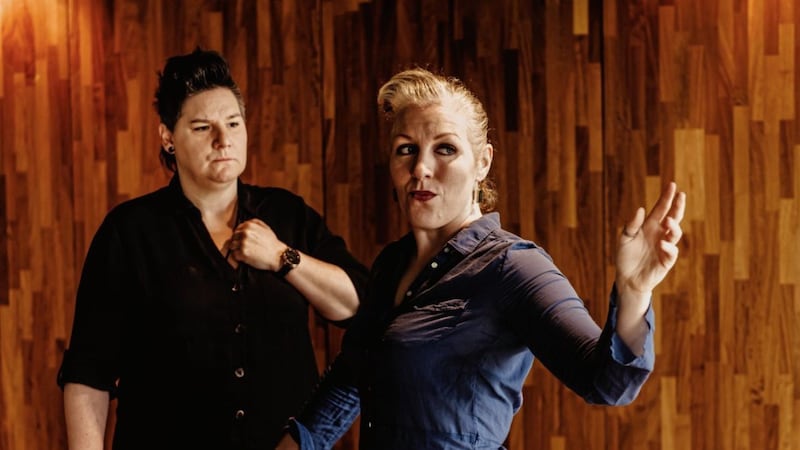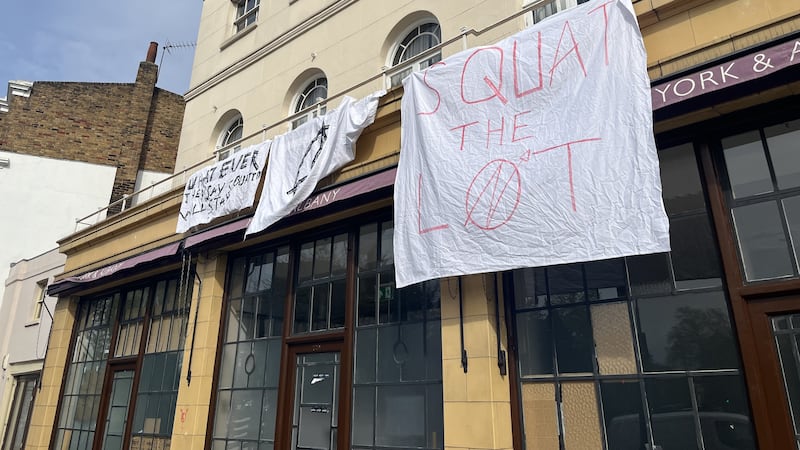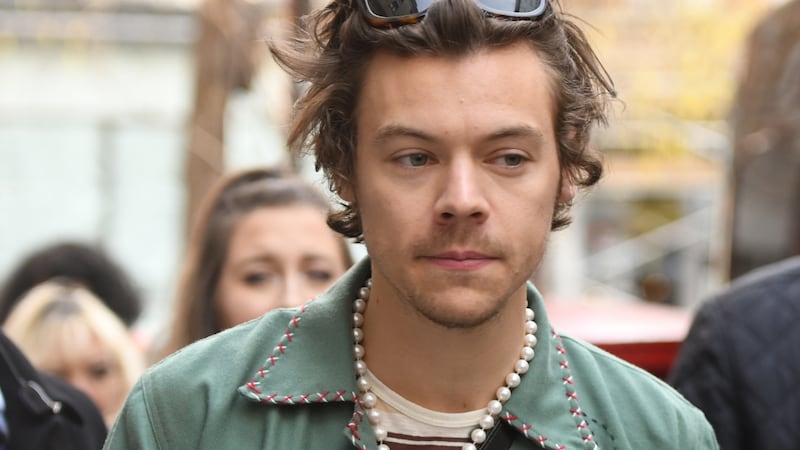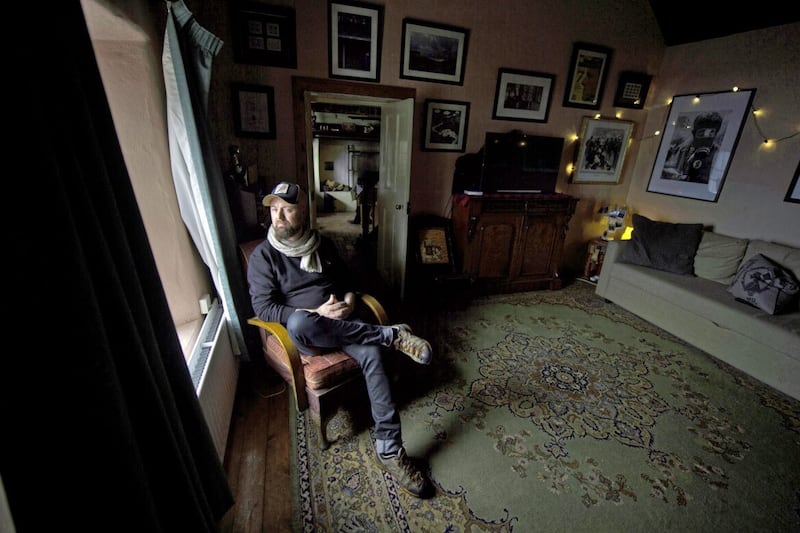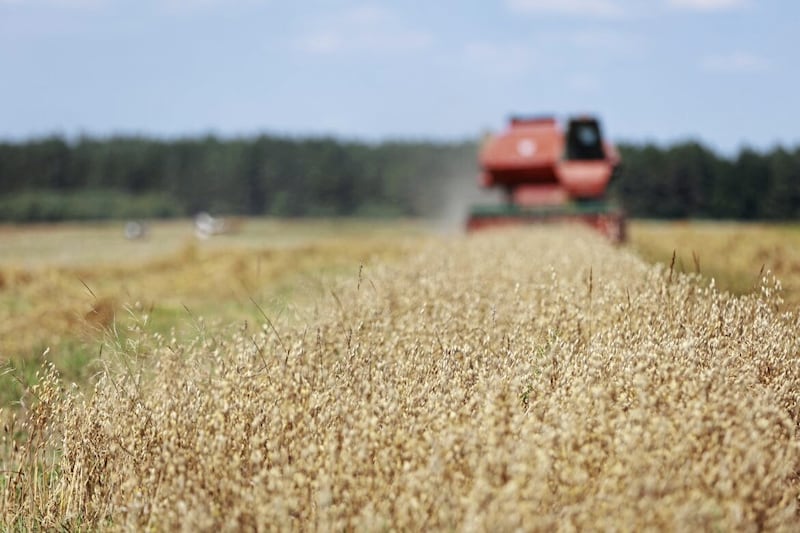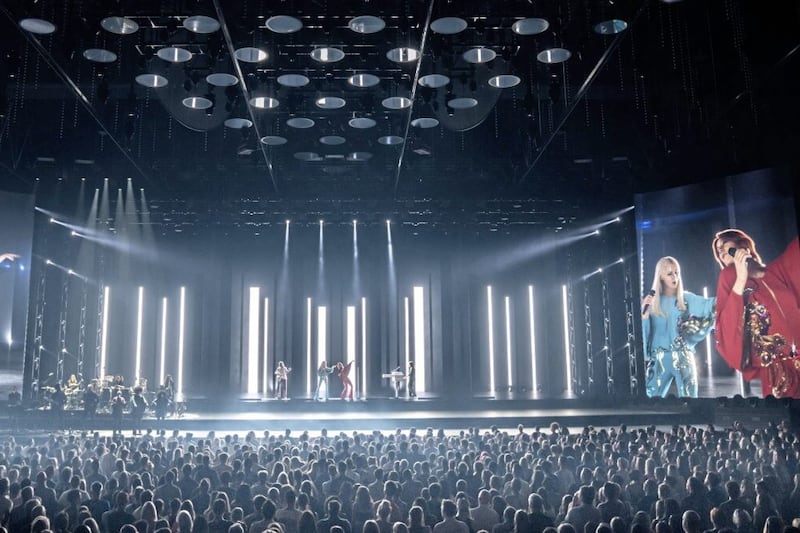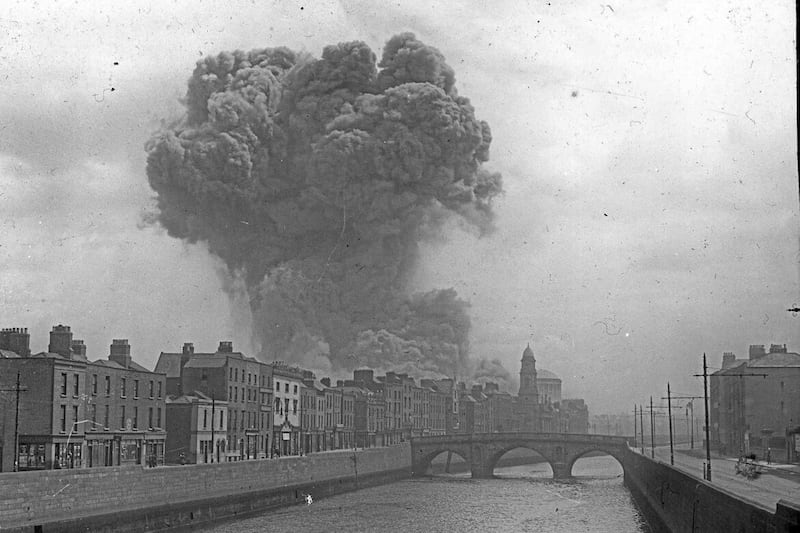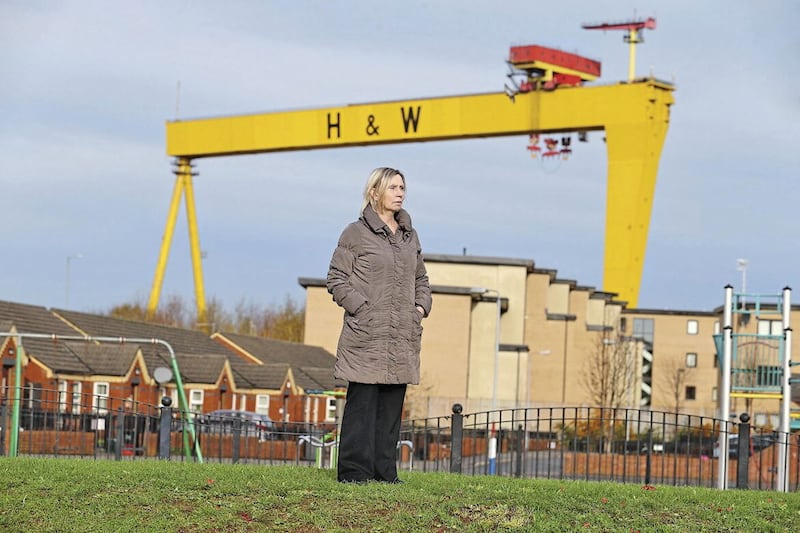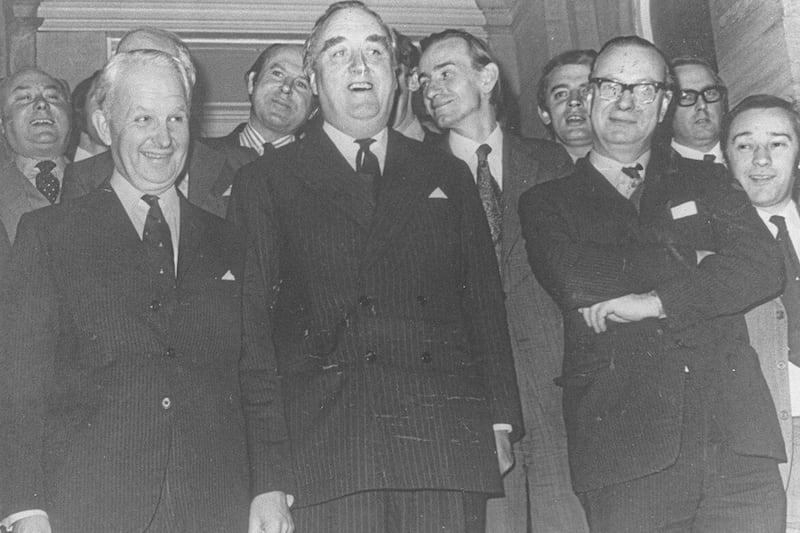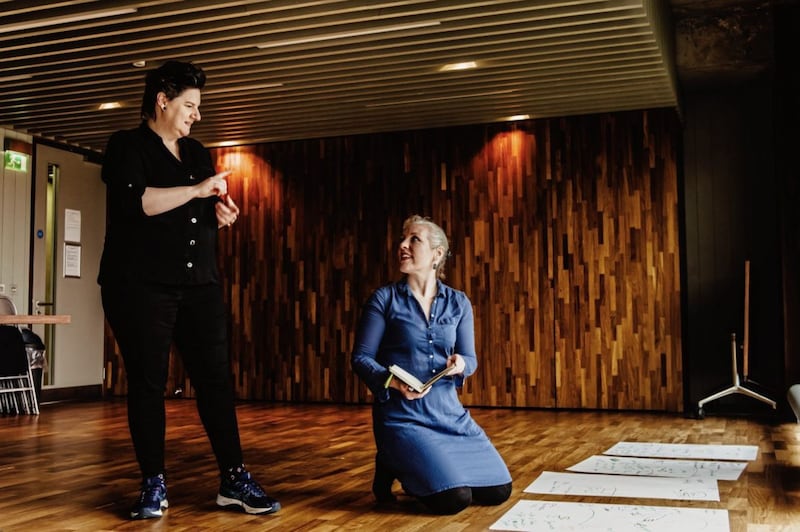
A HUGE telephone exchange will soon be making the right connections at Belfast's Lyric Theatre - if award-winning performance artist Amanda Coogan can work out the logistics of creating an authentic one and setting it up as a veritable 'Sign of the times' on stage.
It is yet another creative set challenge for the visionary artist who is directing an upcoming groundbreaking piece of theatre visually documenting the journey of the deaf community - and development of sign language - in Northern Ireland.
The Naked Hands - filmed at the Lyric - stars deaf artists Paula Clarke and Jane O'Brien and is the first in a number of bold new initiatives by the Lyric in celebration of British and Irish Sign Language (BSL and ISL), which although now officially recognised as minority languages in the north, have yet to be underpinned by a long-awaited Sign Language Act.
This beautiful, visual theatre piece, takes viewers on a journey through time and space by 'time travellers' Paula, originally from Co Armagh, and her Wicklow-born partner, Jane, both of whom who have been in involved in deaf theatre for many years.
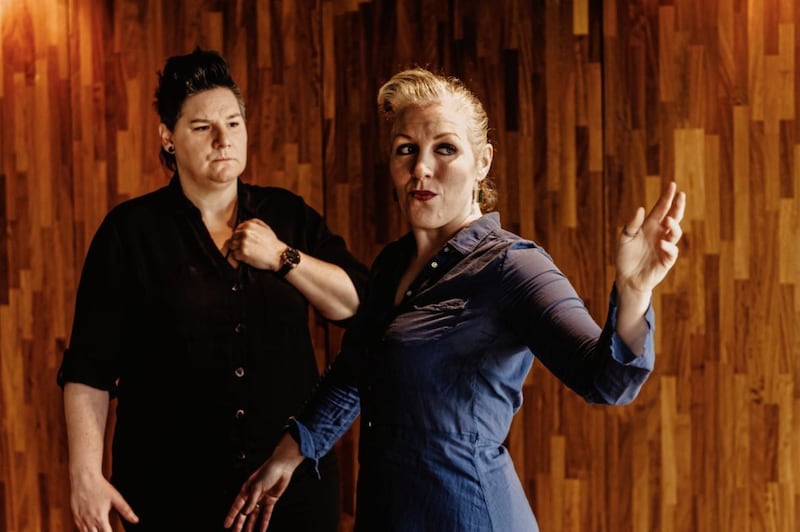
Directing The Naked Hands has been the proverbial labour of love for Amanda, melding as it does her own love of the theatre with her passion for sign language - in her case, ISL, which she learned while growing up in Dublin with her deaf parents.
"I'm in the rehearsal room at the Lyric at the moment and my thoughts are all about visualising a huge telephone exchange set, in reference to Alexander Graham Bell's invention of the telephone - an accidental discovery on his determined quest to help his deaf wife," she explains.
"We actually start and end this theatre piece with smartphones - the main way we all have been communicating with each other over the past crazy year. The smartphone is wonderfully accessible for sign language users - unlike the first telephone."
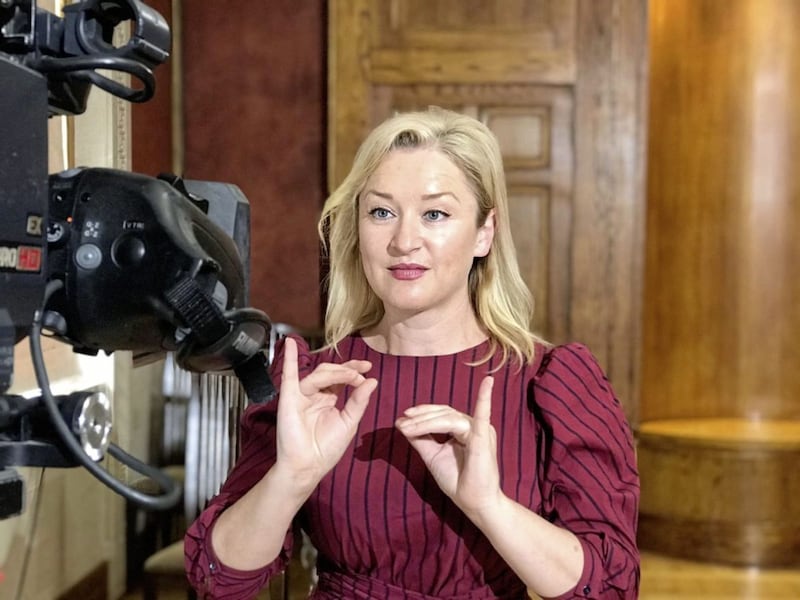
In their time-travelling adventure, Paula and Jane explore other notable figures from Ireland's deaf history, in particular Francis Maginn (1861-1918), a teacher, Church of Ireland missionary and founder of the Belfast Ulster Institute for the Deaf.
A staunch advocate of sign language, Maginn - who became deaf after suffering scarlet fever as a child - is credited with improving standards of living for many deaf people in the north, empowering them to become independent through training opportunities and facilitating access to work, particularly in Harland & Wolff at the turn of the century.
"We really wanted to showcase Francis Maginn's brilliant effect on developments in the Northern Ireland deaf community," says Amanda, who has most recently been seen on our television screens interpreting the Stormont coronavirus briefings with her BSL counterpart, Kristina Sinclair.
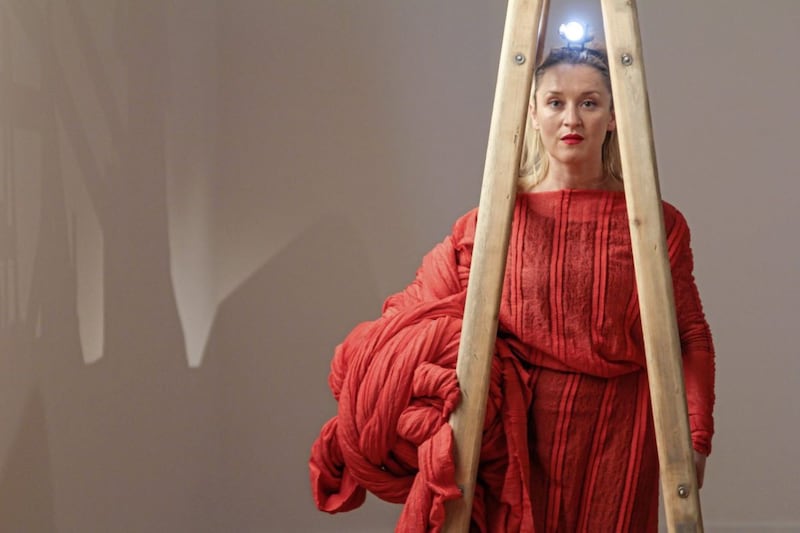
"And so, in The Naked Hands, we see deaf people working in the linen mills, the lamp lighters bringing workers to Harland & Wolff and then we 'travel' inside the shipyard itself.
"It is a sort of potted history of the deaf community here and this invitation from the Lyric to showcase their stories offers a wonderful peep into the rich diversity of our society and a chance to really celebrate sign language. The Lyric has gone above and beyond to support the development and production of this play."
Scriptwriters and stars of the piece, Paula (37) and Jane (44), are equally enthusiastic. Sharing a house and living together in Belfast means it is difficult to fully escape the pull of 'talking (signing) - shop' and meal-times are invariably spent discussing how best to project the next part of the story in an audience-friendly manner.
"This has been a really rich experience for us both," communicates Paula in BSL. "Jane and I are both proud deaf women: both born deaf into wonderfully supportive hearing families. We learned sign language in our respective schools and consider it our first language."
Involved in numerous deaf theatre projects over the years, the two are also bilingual, although Jane's primary sign language is ISL: her studies at Trinity College, Dublin, to become a qualified deaf interpreter are scheduled for completion later in the summer.
As deaf artists - Paula set up D'Sign Arts and Limepie (Deaf-Led) Theatre in Belfast and Jane has worked with the long-established Dublin Theatre of the Deaf - the priority with this new piece is to sound out a new mainstream voice for the 5,000-strong deaf community in Northern Ireland which is unique in its bilingual status.
"There are around 3,500 BSL users in Northern Ireland and about 1,500 ISL users," says Paula, who also works as a life model for adult drawing classes at the Crescent Arts Centre in Belfast.
"But we are all bonded together through the expression and vibrancy of sign language. Making this play for the Lyric really symbolises how far access for deaf people has come and with sign language interpreters, everything is accessible.
"Our production moves from seeing deaf people begging in the street, through to this great breakthrough of them getting jobs in Harland & Wolff, to the setting up of the old Lisburn Road School for the Deaf - a place of vibrant sign language.
"We have drawn pictures, created storyboards and we have just let them evolve in space. We believe the foundation of this is visual and so we need to make sure we maximise all the potential that a visual medium allows."
The script also examines the oral system of education in Northern Ireland and its perceived damage on children forced to spend so much time learning "how to speak and hear" that they lost out on actual learning.
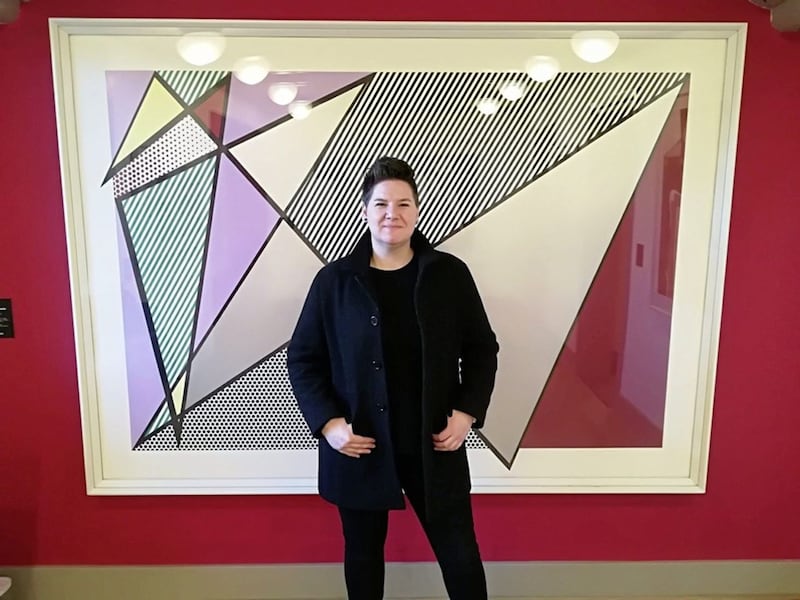
For Jane, who studied art and design at Birmingham University - and made her film production debut with deaf comedy short, During Quarantine, on YouTube last year - her own community proved the primary source of inspiration.
"The best bit of all this for me was looking at our story and really trying, creatively, to bring it to a performance," she enthuses.
"As deaf artists, we work with the visuals and the body to make contemporary theatre, but the real challenge was the size of the story. It is a tremendously big story to tell and to try to reduce it all into 20 minutes of performance was definitely a struggle.
"It is all very exciting and we have let our imaginations run wild, but at the heart of The Naked Hands is a desire to hold up sign language for celebration by a new, wider, audience. This is about deaf inclusivity, confidence and the idea that everything is possible."
The Naked Hands will be available to view later in the summer; lyrictheatre.co.uk
